YORK — Have you ever wanted to see a porcupine move like it’s dancing, or a peregrine falcon take flight, or nature’s artwork on an Eastern painted turtle? You can do so at the Center for Wildlife on Sunday, when the public will meet the center’s wildlife ambassadors.
The center’s annual open house runs from 11 a.m. to 3 p.m. There is a $5 suggested donation.
These wildlife ambassadors are animals that were treated for injuries at the center but could not be released into the wild because of a permanent injury or because they lost their inhibition to humans. Each year, the center treats more than 1,500 wild animals, with the hope of releasing each back into the wild. But over the 27 years the center has existed, 25 animals have found a permanent home here and now help teach visitors how to coexist with wildlife.
The lessons are critical today because people are often the reason injured animals come to the center. Cars colliding with wildlife is the single biggest reason injured animals are admitted. And the number of injured animals has been on the rise.
This year, the center has seen a record number of animals, with 1,400 admitted through July, more than the 2014 total. It’s a trend around New England.
The Tufts Wildlife Clinic also is on pace to exceed last year’s record of 2,636 treated animals.
“This has been the toughest year in our existence. As developments spread, they clash with wildlife because of new roads, more domestic cats, more pesticides,” said the executive director, Kristen Lamb.
Perry, the peregrine falcon
Peregrine falcons can fly 220 mph. They can see a mile and a half away when hunting. Yet these remarkable birds remain an endangered species.
Perry came to the center in 2012 as a small bird when he flew into a power transformer, permanently damaging his wing. He helps send the message that both hawks and people need a clean environment.
Peregrines became endangered largely because of the widespread use of pesticides 40 years ago. Their numbers remain low today in part because lawns that are sprayed with pesticides pass those harsh chemicals to insects and small animals like song birds that feed on bugs. So falcons further up the food chain get a dosage of pesticide when they eat small birds.
Keeping lawns natural will help falcons – as well as us. “It keeps the peregrine falcon safe, the songbird safe, and also our drinking water safe if people are on a well,” Lamb said.
Henry, the porcupine
Henry is an example of how good intentions can go badly. A hiker who found him at the base of a tree as an infant tried to save him and make him a pet.
“She pretty much kidnapped him,” said Katie Brodeur, the center’s education director.
As it turns out, porcupines give birth to only one porcupette, which is born fully developed. As a result, the mother porcupine will leave its young to go forage.
“So if you come across a baby porcupine in the woods, just look up and chances are you’ll see the mom in a tree,” Lamb said.
Henry came to the center and could not be released because he had grown accustomed to humans. Now he helps clear up myths about porcupines, such as the belief they throw their quills. The quills of a porcupine are pulled out after an animal strikes down on them.
Bianca, the bard owl
Bianca has been at the center since she was hit by a car in 1995, and a permanent wrist injury prevents her from flying. And there may be no other animal here that captivates people as much as her. These birds, with their delicate stripes and soulful eyes, make up the sounds of a Maine night. But while many have heard bard owls, not as many have seen these nocturnal birds.
For this reason, Bianca is a champion of the center’s main message: “Having wild animals living in our backyard and in our local ecosystem are central to our own health. They need shelter and clean air water and food, just as we do. We share the same space with them,” Lamb said.
People can help bard owls by identifying vernal pools on their land and helping to maintain these pools that dry up in summer, rather than dumping lawn debris on them. These pools are the lifeblood for owls because they are breeding grounds for frogs and salamanders, the owl’s chief food source.
Ruby, the red-tailed hawk
With a wingspan of 42 inches, red-tailed hawks hunt in large fields for small mammals, snakes and amphibians. Unfortunately, roads often double as open space, so many of the hawks brought to the center have been hit by cars.
Thus, hawks are a good reminder of the importance of open space, such as local farms.
Ruby, who came to the center in 2007 after she was hit by a car and sustained a permanent elbow injury, spreads the message.
“Supporting local agriculture helps keep key red-tailed hawk habitat, as well as habitat for songbirds. Mowing and maintaining open space also helps keep this habitat,” Lamb said.
Blossom, the Eastern painted turtle
Blossom is another sad story of an exotic pet gone bad when someone tried to keep her as a pet. By feeding her turtle pellets and denying her a basking lamp, Blossom grew malnourished and deformed, and was brought to the center in 2006. Now she can no longer retreat into her shell and wouldn’t survive in the wild.
“She’s a gentle lesson that we shouldn’t try to care for wildlife. We should let them live in the wild,” Lamb said.
Send questions/comments to the editors.


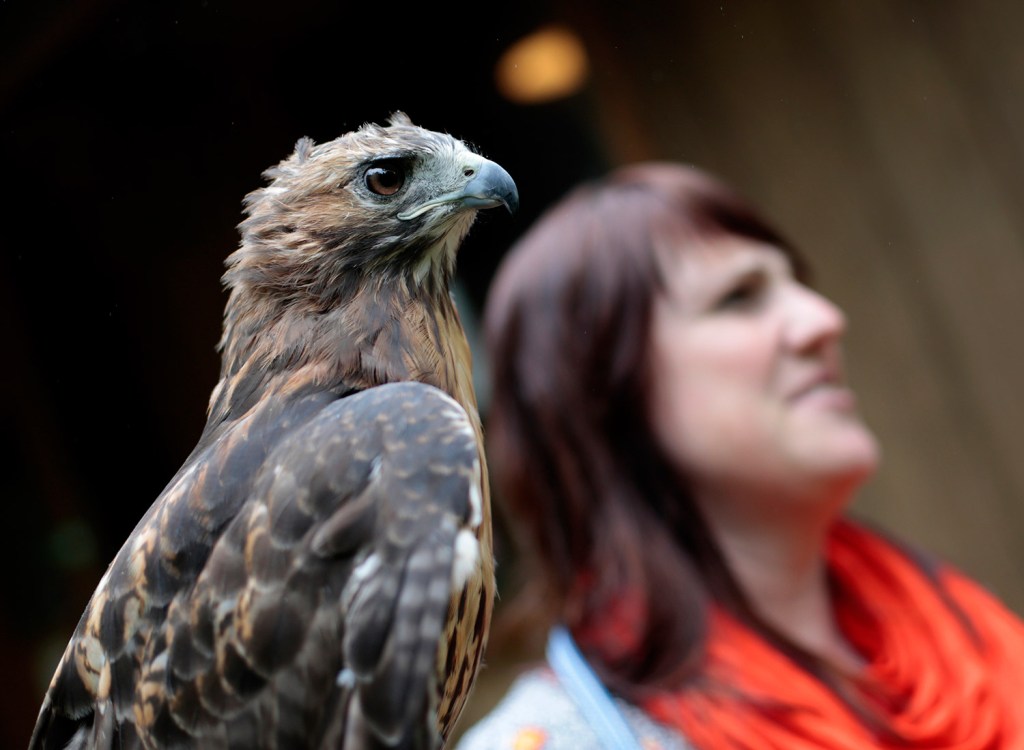
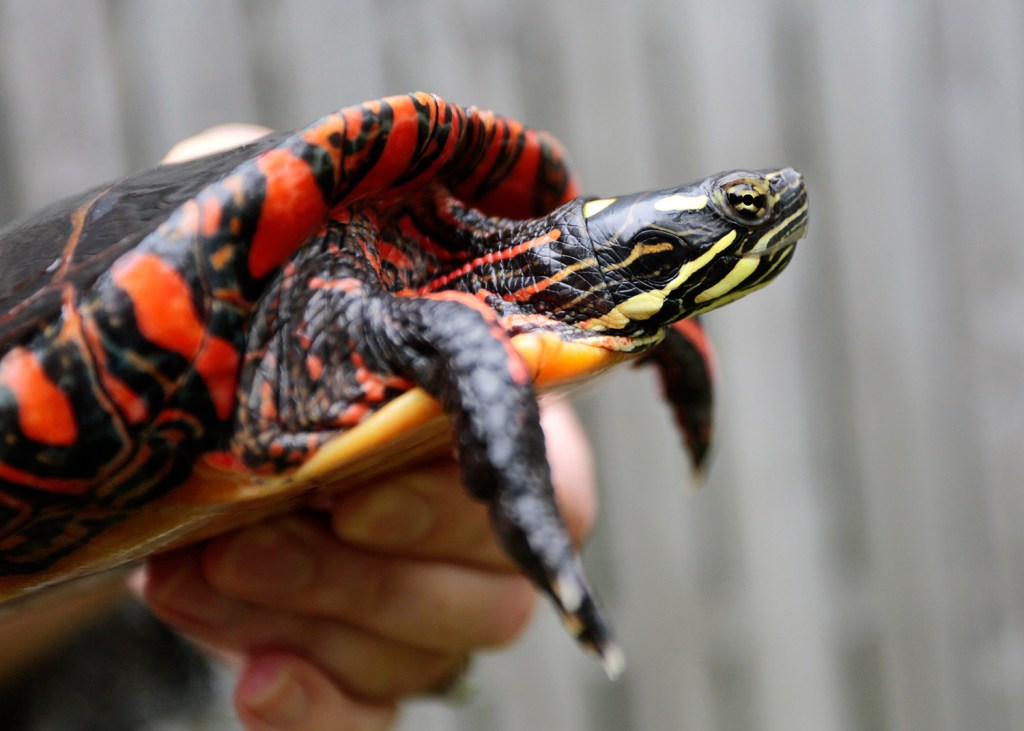
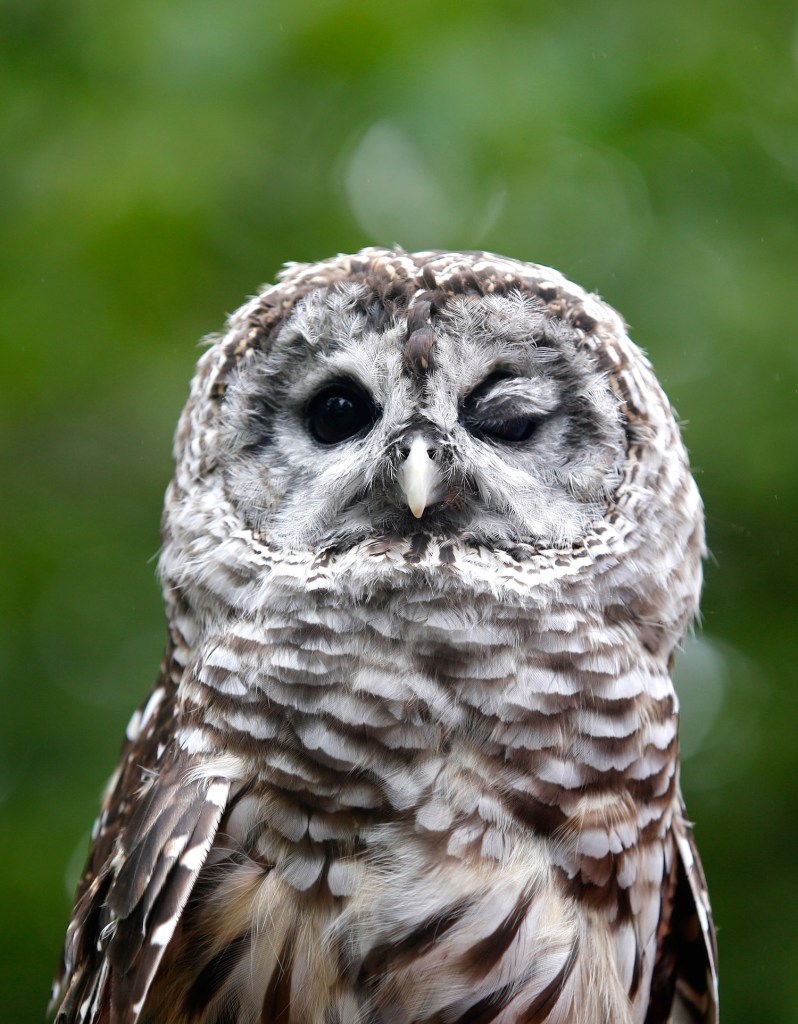
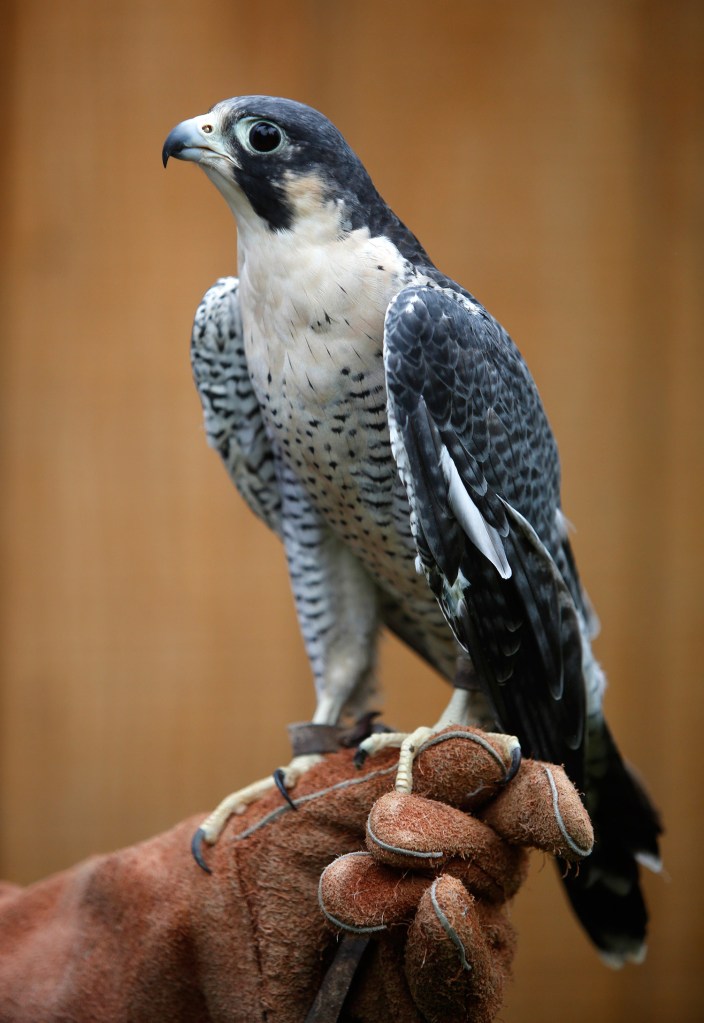
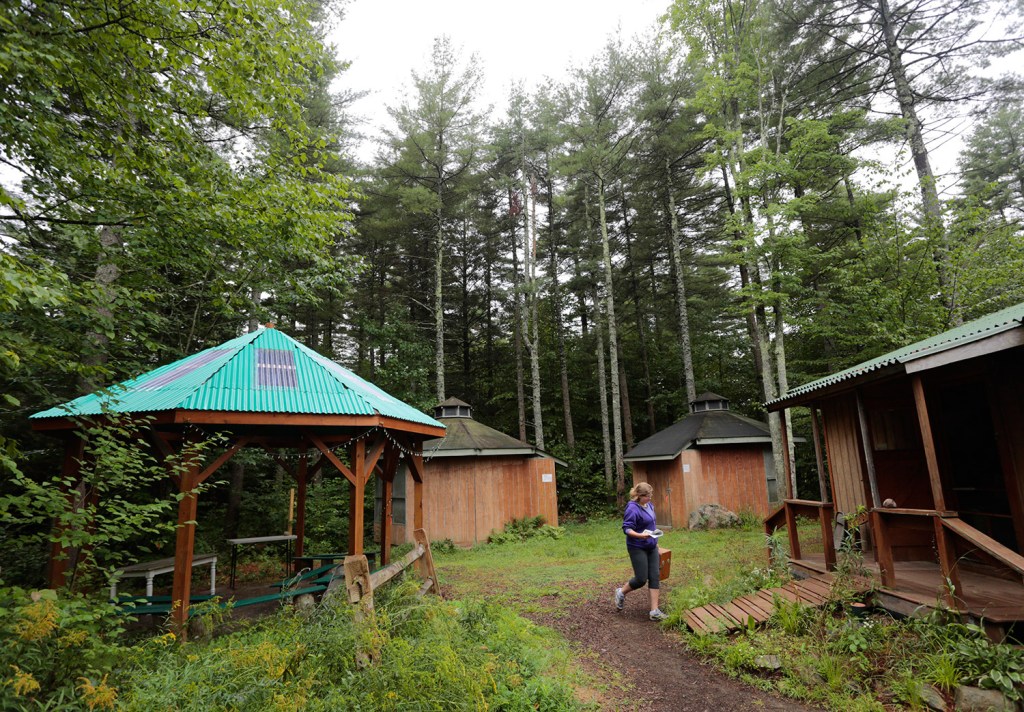
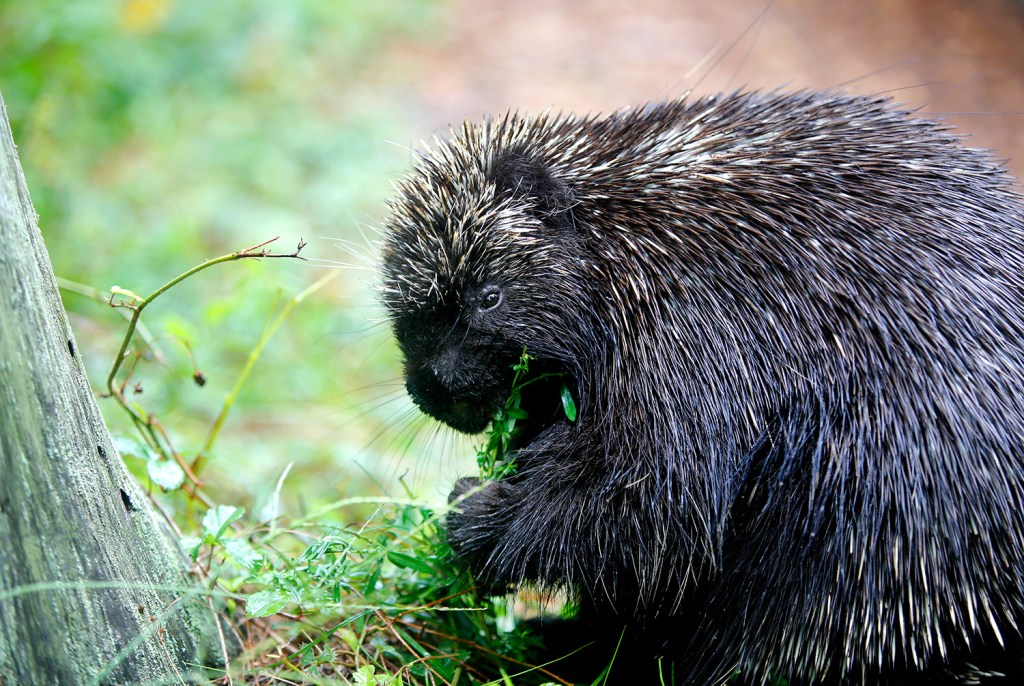
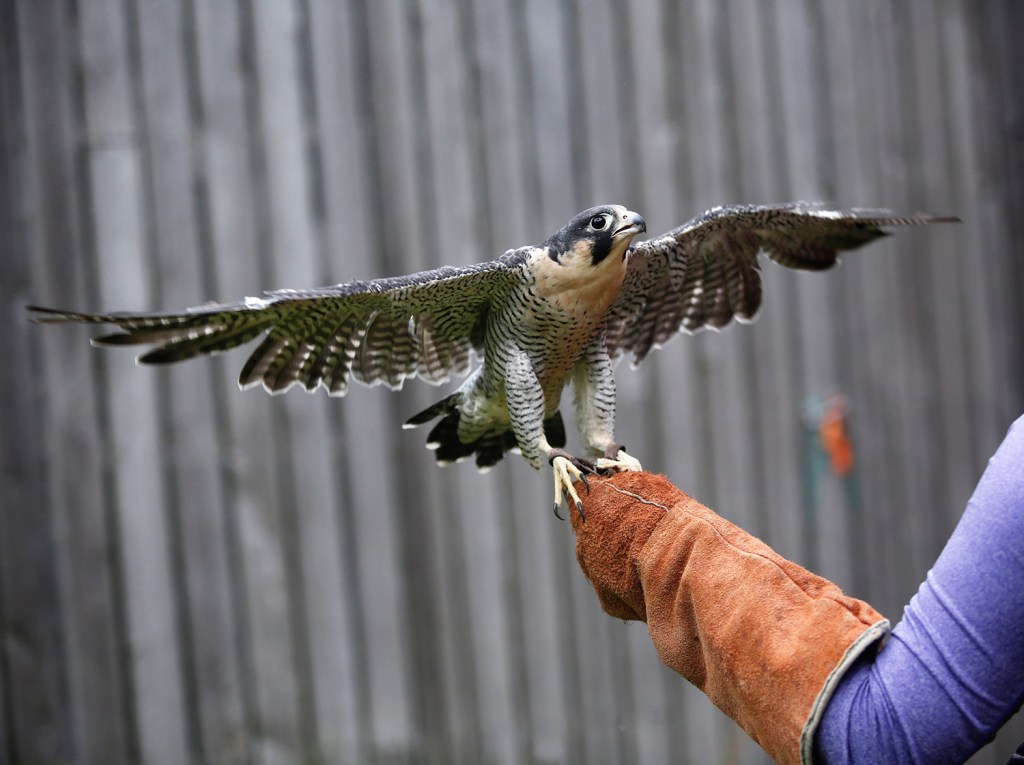

Success. Please wait for the page to reload. If the page does not reload within 5 seconds, please refresh the page.
Enter your email and password to access comments.
Hi, to comment on stories you must . This profile is in addition to your subscription and website login.
Already have a commenting profile? .
Invalid username/password.
Please check your email to confirm and complete your registration.
Only subscribers are eligible to post comments. Please subscribe or login first for digital access. Here’s why.
Use the form below to reset your password. When you've submitted your account email, we will send an email with a reset code.